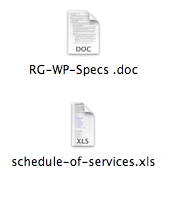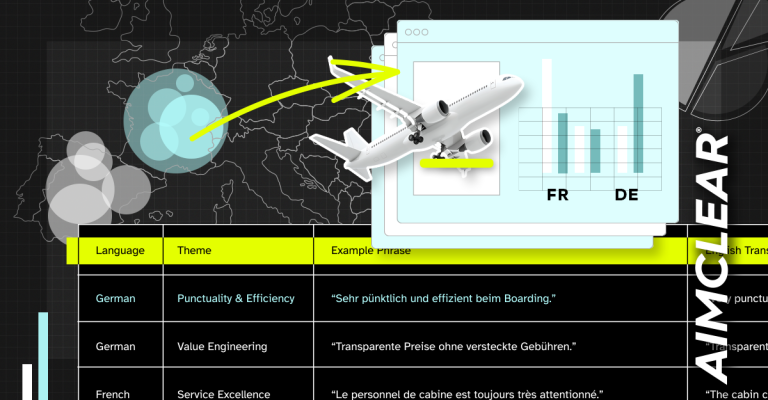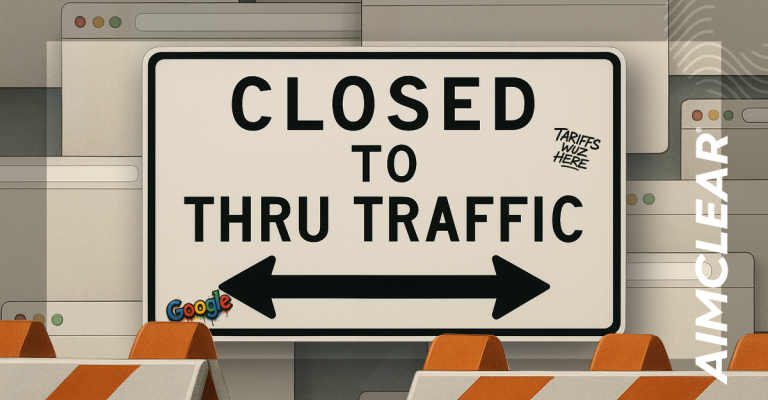
photo credit: futureatlas.com
Ok, so the proverbial cow-flap has hit the golden fan. Page 1 of Google-unpersonalized now sports damning rhetoric about you for searches related to brand and product categories. It could cost tens of millions in reputation damage. Take a deep breath, gather wits, drink some decaf’ and ride into town, let’s get started defending your brand.
First here’s a word about fancy reputation monitoring tools. We love em’. However know that they’re potentially awesome and ruinous all at the same time. It’s just too easy to feel safe when paying 7K a year for a catch-all tool.
The coverage doesn’t mean anything if one doesn’t monitor the appropriate grid of keyword threats. Automated aggregation while essential, sometimes empowers under-trained users to be more efficient mechanisms to miss critical buzz. To be fair, sometimes specialized filtering available on high-end tools catches some “finds” from amidst the noise which otherwise might have been missed. We don’t mean to minimize the importance of advanced monitoring tools.
The method prescribed herein is essential, at minimum as a free check-sum to paid tools. The keyword grid concept is critical no matter how one monitors. No matter the monitoring method, ultimately we only trust humans to filter inbound alert feeds so we’d never give this “hand” method up. Since fancy tools for the most part depend on the same sources as free alerts, often we receive notifications faster.
Ok, there’s quick work to be done. Here’s 8 crucial steps we suggest clients take immediately when reputation management disaster triage is called for:
1-Define Filtered KW Monitoring Grid
Even if you’ve already got a comprehensive monitoring grid overall, it’s important to set up segmented alerts which filter from day-to-day brand buzz noise. We assume that someone is already monitoring alerts along the lines of [“brand sucks”] [“hate brand”], etc…
The starting point for any reputation defense is knowing what keyword searches to monitor and defend. Look for basic associations. Say the matter at hand is an FDA recall of chocolates which concerns your brand. Assume that there is 1 common misspelling of your brand and 2 of chocolate. In reality there are several other common misspellings for chocolate.
We’re looking for filtered trigger-phrases. The specialized keyword monitoring grid might look like for a chocolate recall scenario: [“brand recall”] [“brandMisspelling recall”] [“brand FDA”] [“brandMisspelling FDA”]
[“brand chocolate”] [“brandMisspelling chocolate”] [“brand chocolates”] [“brandMisspelling chocolates”] [“chocolate recall” [“chocolates recall”]
[“brand chocolat”] [“brandMisspelling chocolat”] [“brand chocolats”] [“brandMisspelling chocolats”] [“chocolat recall” [“chocolats recall”]
[“brand chocolate”] [“brandMisspelling chocolate”] [“brand chocolates”] [“brandMisspelling chocolates”] [“chocolate recall” [“chocolates recall”].
[“brand choclate”] [“brandMisspelling choclate”] [“brand choclates”] [“brandMisspelling choclates”] [“choclates recall” [“choclates recall”].
Since keyword associations are a big part of SEO, your in-house or agency SEO company can help you formulate the grid. Also use these keywords to set up fancy tools.
2-Set Up Nearly Real-time Alerts By Email
Start with Google.com/alerts and set up your monitoring grid. Put each keyword praise in quotation marks, which means that all words in comprising the keyphrase must be present on a page’s ranking attributes. Choose “As they happen” and “comprehensive,” which means alerts come nearly real-time across all verticals (blogs, news, images, etc…) Google indexes.
For Twitter AIMCLEAR uses the paid version of TweetBeep, which offers a 15 minute email alerts when any keywords are tweeted. There is no need to use quotes because the setup admin has recall great match type options (All of these words, Any of these words, None of these words, None of these words) There’s also other sweet demographic targeting features for nearly real-time Twitter alerts.
Facebook, LinkedIn, Forums and other walled gardens present different and difficult challenges. Such communities only allow selective content nodes of their sites to index in Google. This means you can incur lots of damage amongst hundreds of millions of users–and never see it in Google.
We suggest a daily hand-monitoring protocol in each walled garden community, where an actual user has a look at whatever internal SERPs, chatter and other bad talk can occur amongst users. Specific methods vary. Some communities can successfully be scraped and reduced to a feed by a bot after feigned login. Be careful not to violate any terms of service.
3-Setup Real-Time Alerts
For Twitter use TweetDeck, which is real-time after a minimal amount of transient API delays. After all the Twitter API at this writing is free, which means they don’t offer any quality of service guarantee.
With real-time alerts comes the need for real-time monitoring. During the teeth of any crises, where a 15 minute TweetBeep alert by email just wont do, have a smart marketing employee watch TweetDeck for main associations. For other walled garden communities, have a user logged in and watching.
4-Take Inventory of Web Assets
Reputation management is all about Universal SERPs that are friendly. You’ll want to leverage (potentially re-optimize) all available assets you control or own including YouTube videos, images wherever they are posted, blogs, feeds accepted into GoogleNews, sites, pages, social media profiles like Digg & Twitter, existing walled garden profiles, .pdfs, anything online you control or own. Organize them for your search team to evaluate and utilize.
5- Take Inventory of Other Digital Assets

6-Implement Daily SERPs Hand Monitoring
Create a daily SERPs Hand monitoring worksheet and watch it at least 2X a day. It does not take long to cycle though the filtered keyword grid. don’t forget to search unpersonalized so the SERPs you see don’t reflect your personal preferences.
Watch for threatening content, including any opportunistic PPC predators like ambulance chasing attorneys or competitors attempting to capitalize on misfortune. Though some news results might hurt, some or most of them will drop off in time. Watch for permanent artifacts like NY Times, Washington Post or FDA.gov, content likely to remain after the event is over.
7- Start Daily Buzz & Content Log
Any new content should be reviewed and logged. Watch for and flag misinformation, predatory content network ads and bad editorial content. Walled garden content goes here as does a summary of Tweets, bloggers and threatening users.
8- Define Stakeholders Who Gets Notified Under What Circumstances
Many projects have multiple in-house and consultant agencies which include PR, legal, marketing, C-level executives, advertising, etc…Each party is charged with protecting a certain aspect of the mother ship’s well being. Create a list of clearly defined boundaries for who gets called at 3AM on Thursday morning, who can wait until the next work day, what reports are weekly and every applicable in-between. This is best accomplished by a council meeting of stakeholders.
Forewarned is Forearmed
There is every kind of crackpot on the Internet, real loonies. Also bad things happen to great companies. It’s best to have your defense in place before the crises hits, a social media security system if you will.
When push comes to shove and you’re exposed, take these 8 steps as a starting place to empower your search and social teams. The 9th crucial priority is “response and management,” an entirely different animal than monitoring. The way a each individual company responds to PR danger is highly personal to the entity at risk. Take a deep breath, don’t panic and set gird your loins for best brand defense.










